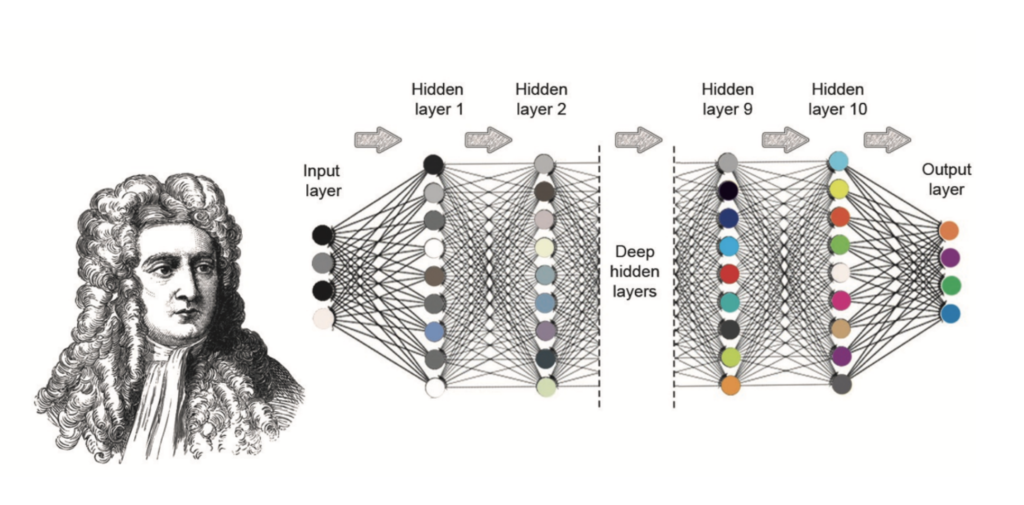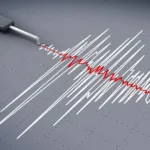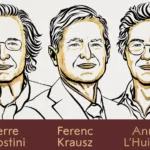Unlocking Celestial Mysteries: The Three-Body Problem
Isaac Newton’s Groundbreaking Formulation
In 1687, the brilliant Isaac Newton forever altered our understanding of the universe. With his laws of motion and universal gravity, he brought the intricate dance of distant stars, moons, and planets into clear focus. Yet, Newton’s groundbreaking work also unleashed a centuries-long quest for mathematical solutions to unravel the enigma of chaotic triple systems, like the Sun, Moon, and Earth. Even today, researchers continue to grapple with this cosmic puzzle.
The Challenge of the Three-Body Problem
This cosmic conundrum is known as the “three-body problem,” and it extends to any trio of celestial objects entangled by gravity. Finding a solution would enable astronomers to predict the movements of these celestial bodies based on their initial positions and velocities. Sounds simple, right? However, introducing a third object into a two-body system complicates predicting their intricate interactions. Here, supercomputers and neural networks have lent a helping hand.
The Latest Breakthrough
The most recent chapter in this celestial saga involves Ivan Hristov and his team at Sofia University in Bulgaria. Building on centuries of astronomical and mathematical efforts since Newton’s time, they have unveiled a staggering 12,409 orbital patterns for three-body systems. These patterns adhere to the laws of Newton and feature three equal masses.
Not Quite Universal Solutions
While these findings represent a remarkable achievement, it’s important to note that they have not yet undergone peer review. Moreover, the elusive “universal solution” to the three-body problem remains elusive, as most systems yield chaotic movements that defy prediction. Many solutions discovered are specific to certain conditions and may not have practical applications in astronomy.
A Glimmer of Hope
The latest findings focus on systems where the three celestial bodies start in a stationary position before succumbing to each other’s gravitational pull. While these solutions may intrigue mathematicians, their real-world relevance is limited due to the need for incredibly precise initial conditions—conditions rarely found in nature.
A Quest for Stability
Even though the stability of these new solutions under the influence of distant celestial bodies or solar winds remains uncertain, Hristov and his team believe that free-fall orbits could still prove relevant in astronomy.
The Tendency to Collapse
In the world of three-body systems, a common outcome is the collapse, with two objects forming a binary system and expelling the third mass.
Beauty in the Unknown
For now, Hristov takes solace in the elegance of these predicted orbits, regardless of their stability. “Stable or unstable – they are of great theoretical interest,” he explains, highlighting their captivating spatial and temporal structure.
In the ever-evolving quest to decipher the cosmos, these findings mark another step toward unraveling the mysteries of celestial mechanics. While the three-body problem may persist, the beauty of the universe’s intricate dance remains a source of inspiration for scientists and stargazers alike.
Also Read: Major Discovery: Dark Energy Dominates Most Of The Universe






